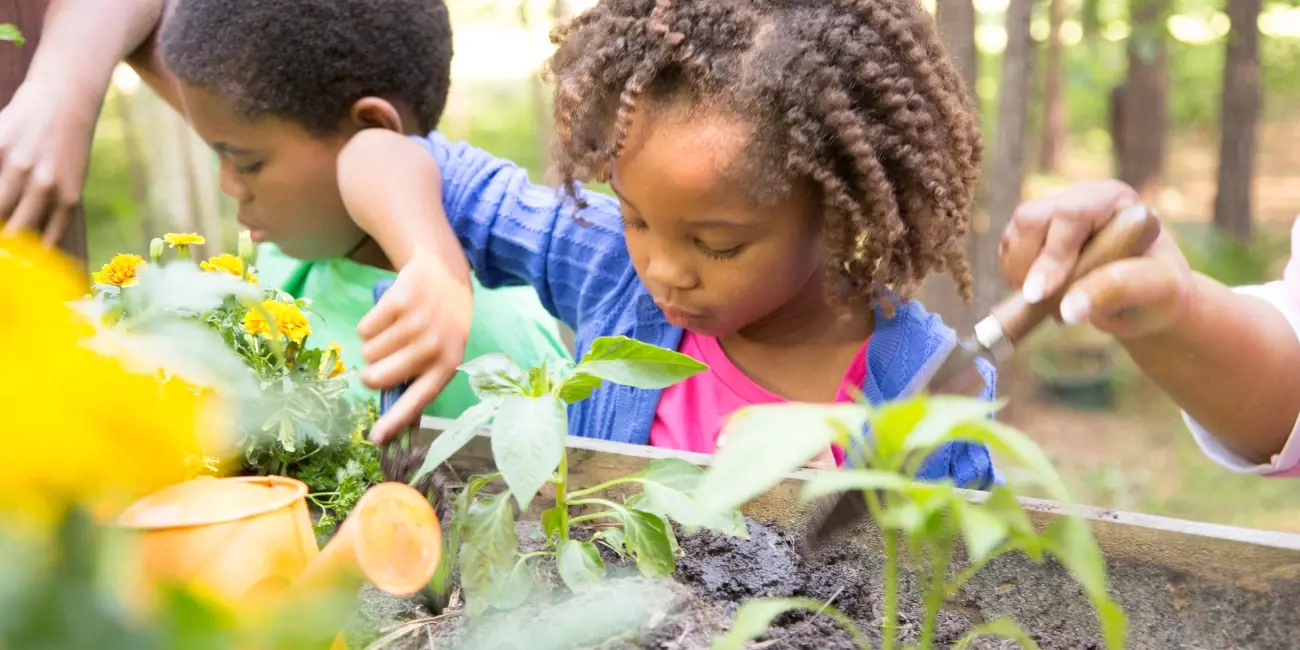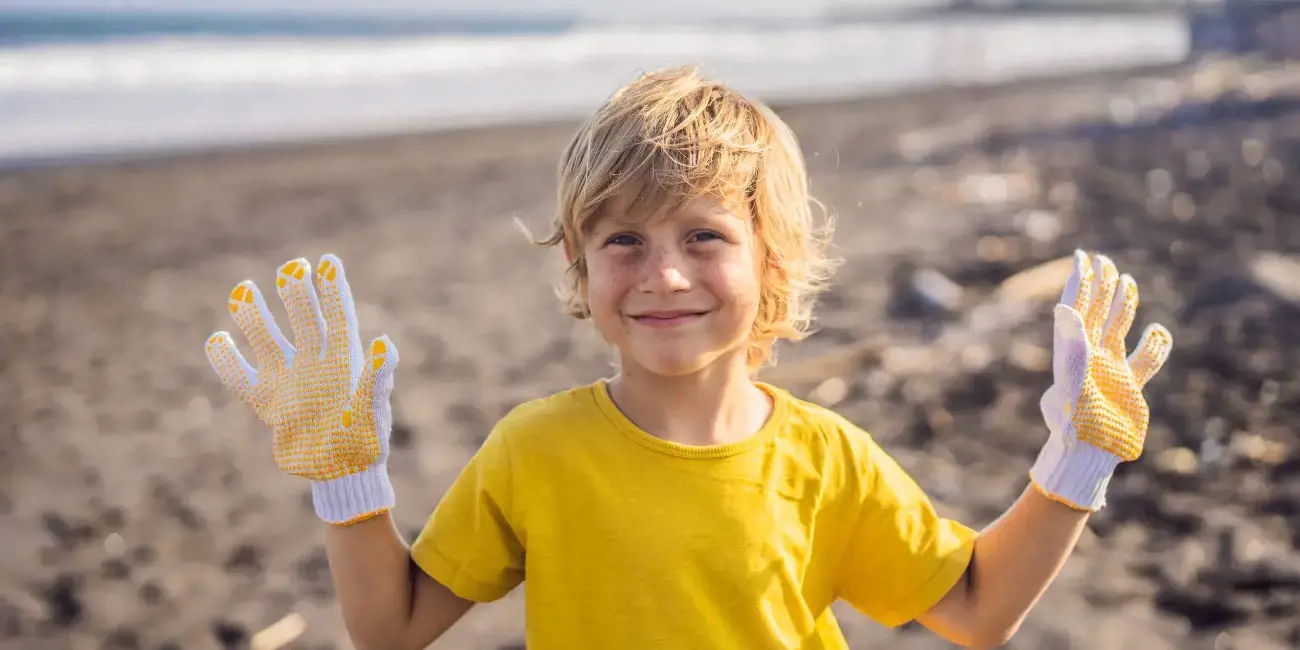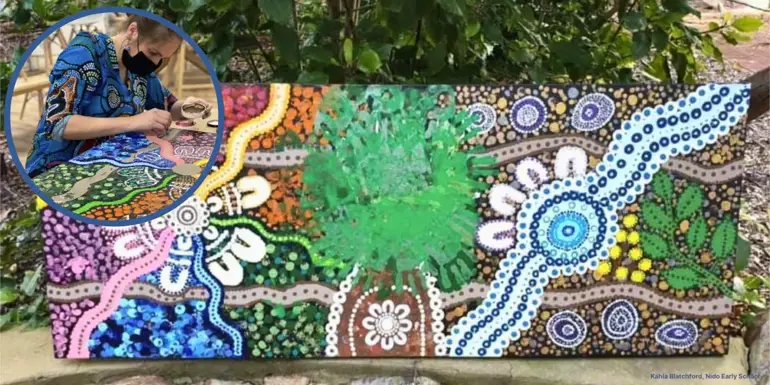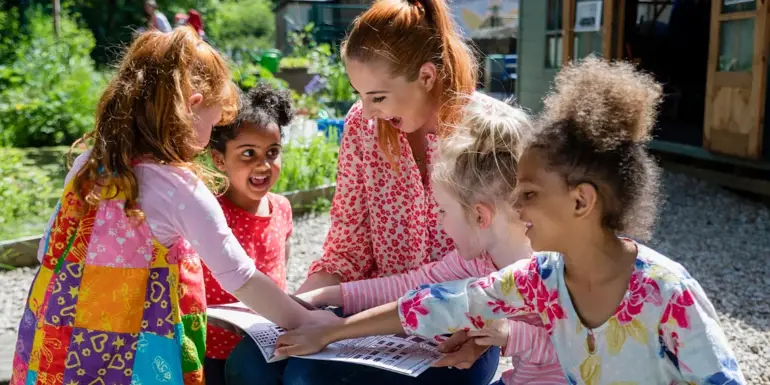Clean Up Australia Day is an annual event that brings together families, communities, businesses, and individuals across Australia to take part in a collective effort to clean up and preserve the natural beauty of Australia.
Founded in 1990 by Australian Ian Kiernan, this remarkable initiative has grown into one of the largest community-based environmental campaigns in the country.
Kiernan, a passionate sailor and adventurer, was sickened by the amount of pollution he witnessed during his travels around the world. In 1989, after sailing the perilous Sydney to Hobart Yacht Race, he decided to take action.
He organised a clean-up campaign for Sydney Harbour, where over 40,000 volunteers participated. The overwhelming response inspired Kiernan to establish Clean Up Australia Day the following year, and the event quickly gained traction, spreading its message of environmental responsibility and community engagement nationwide.
What’s the goal?
The aim of Clean Up Australia Day is simple yet powerful: to reduce litter and waste and raise awareness about the importance of taking care of our environment. By encouraging everyone in the community to actively participate in cleaning up their local spaces, it aims to create a long-lasting impact on both the environment and the mindset of the people.
Childcare services play a crucial role in instilling environmental values in young children. Involving childcare services in Clean Up Australia Day activities can be an effective way to teach children about the significance of caring for the environment from an early age.
Getting services involved
Organise clean-up events
Childcare services can plan supervised clean-up activities within their grounds or in nearby parks and playgrounds. A hands-on experience like this will help children understand the impact of litter on their surroundings and instill a sense of responsibility.
Conduct educational sessions
Childcare providers can use Clean Up Australia Day as an opportunity to educate children about the importance of waste reduction, recycling, and proper disposal.
Through age-appropriate activities and discussions, children can learn about the consequences of pollution and the simple steps they can take to protect their environment.

Create art or costumes from recycled materials
Encourage children to get creative by using recycled materials to make artwork and implement a bit of role-play with costume creation. Not only will you spark children’s imagination, but you’ll reinforce the concept of recycling and repurposing items to reduce waste.
Teaching children about the importance of Clean Up Australia Day is critical. It cultivates a sense of responsibility and empathy towards the environment. When children actively participate in cleaning up and witness the positive changes they can make, they develop a lifelong commitment to environmental stewardship.
Furthermore, educating children about environmental issues at a young age helps build a generation that is conscious of their actions and their impact on the planet. By teaching them about waste reduction, recycling, and sustainable practices, we equip them with the knowledge and skills necessary to make informed decisions and contribute to a greener future.
Cleaning up doesn't stop
Clean Up Australia Day is not just a one-day event; it serves as a vehicle for change and a reminder of our collective responsibility towards the environment. By getting childcare services involved and teaching children about the importance of this initiative, we ensure that the principles of environmental conservation are passed down to future generations.
Together, we can create a cleaner, healthier, and more sustainable Australia for years to come.



































